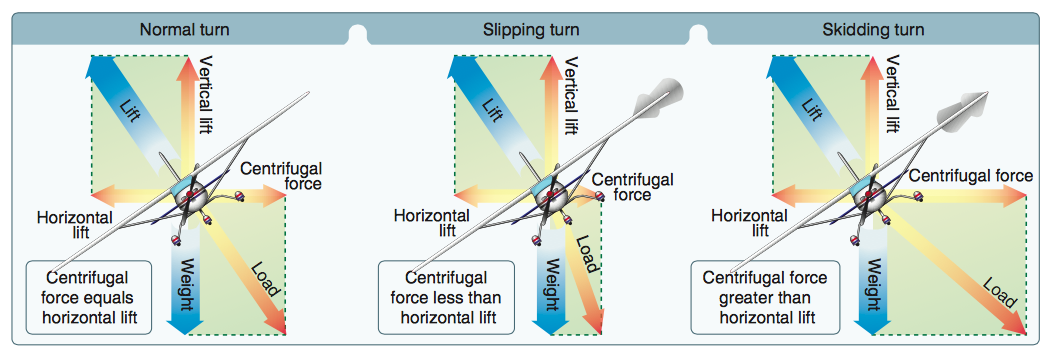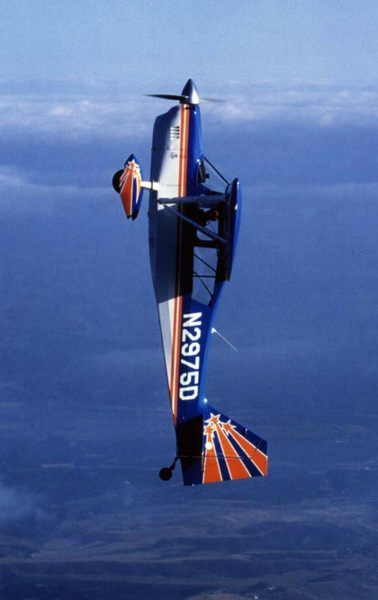Collin Lasley
Physics 211 Web Project
11/23/2016
Physics And Flying
Physics and flying are intricately linked in many ways, and the applications of different physics topics become easily apparent based on what the airplane is doing (flying straight and level, turning, stalling, etc.). Within a few pages of opening The Pilot's Handbook Of Aeronautical Knowledge (required reading for pilots), diagrams like this one begin to pop up:

(Source: The Pilot's Handbook Of Aeronautical
Knowledge, by the Federal
Aviation Administration)
In fact, almost any mode of flight has an accompanying free body diagram to describe the forces acting on the airplane. However, it is all too easy to forget about the physics of flying when most modern airplanes are so stable, especially when these airplanes are operated deep in the "safety margin" of their flight envelope. In aerobatics, pilots (like myself) are required to "push the envelope," and fly the airplane at slower speeds, at higher accelerations, and in highly unusual orientations. In these types of flight, forces that would be negligible in "regular" flying (say, that effects of that six foot, 200 lb, 2500 rpm gyroscope we call a propeller) can have fatal consequences if ignored.

(http://www.richstowell.com/teachable-moments/survivors-page/)
In a situation like a sustained vertical lines, pilots need to be
ready to compensate for adverse forces from the propeller, and how to
know the difference between operating a flying airplane and a
projectile on a vertical line.